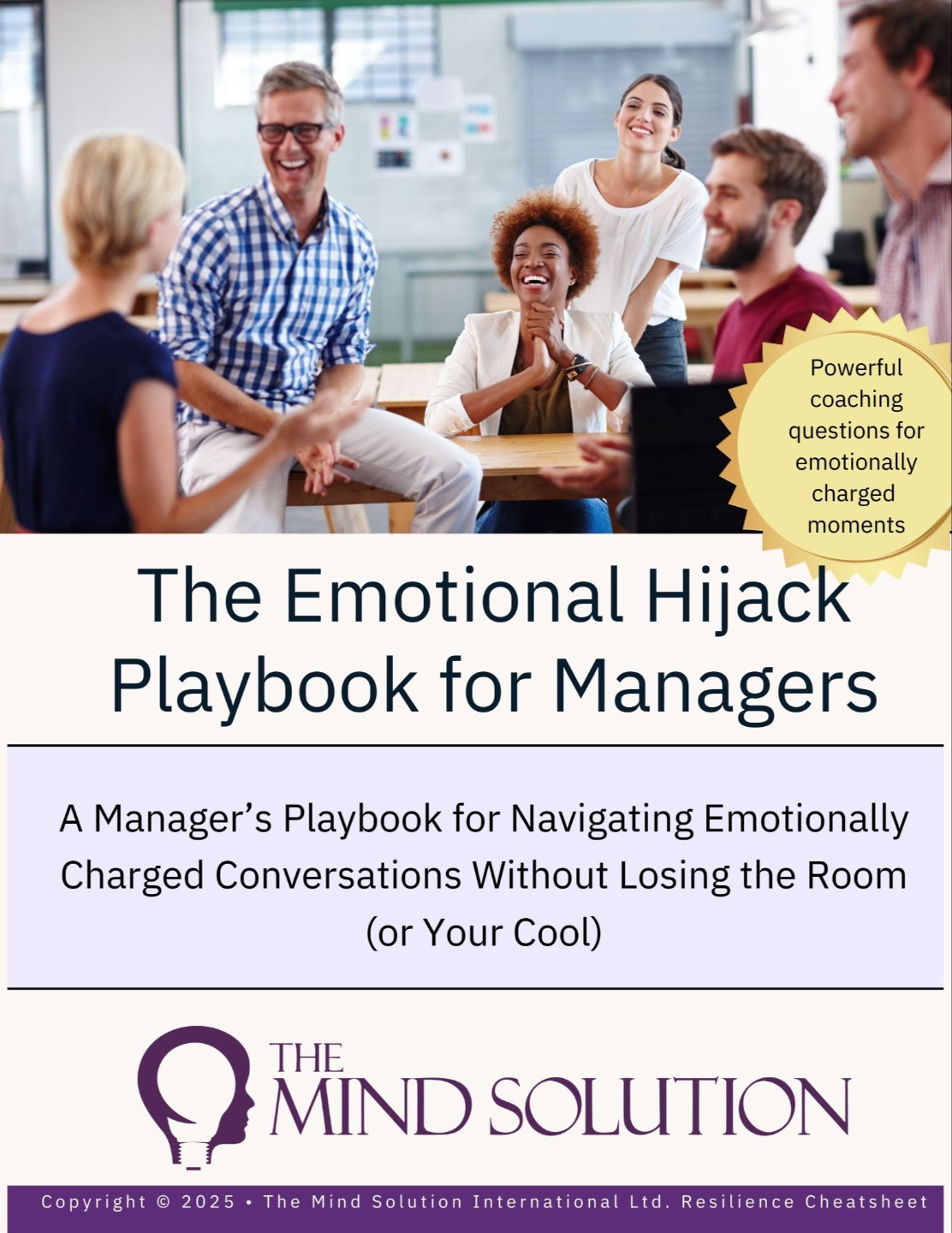It's Time to Put Workplace Wellbeing at the Top of The Agenda
Aug 01, 2024
The Evolution of Employee Wellbeing in the Workplace
True functional experts in recruitment, policy and process, compliance, performance, employee relations, and HR leadership have significantly evolved since the days of ‘personnel’. Today, HR professionals are stepping into even greater strategic roles to support organisations as new ways of working continue to emerge.
Managing Mental Health in a Hybrid Environment
Managing remote teams continues to challenge leaders, requiring new skills and mindsets. Almost half of the respondents in a survey by The Economist Intelligence Unit (EIU) reported difficulty coordinating multiple people’s inputs (48%), reading personal cues (38%), and building rapport (32%).
This new leadership paradigm is essential to maintain team productivity and engagement.
The New Employee Psychological Contract
The psychological contract between employees and employers has shifted. Beyond traditional terms like salary and promotion, employees now evaluate organisations based on purpose, treatment of people, kindness, and sustainability.
This shift was evident in the 'great resignation,' where many employees were leaving roles that no longer aligned with their values and well-being.
“People will forget what you said, will forget what you did, but they will never forget how you made them feel.” – Maya Angelou
Having spent a long time in uncertainty during COVID-19, people are now more confident in making decisions about their careers and life purposes. Many describe how the ‘foot on the gas’ way of working is unsustainable, leading to burnout and resignation.
In a recent white paper on The Future of Work (Jan 2022), 63% of 1,042 respondents globally reported being unhappy in their work. And 55% indicated their mental health was ‘low’ or ‘so-so’. Alarming figures such as these call for radical action in the form of a well-thought-out comprehensive wellbeing strategy.
The Future of Workplace Wellbeing
Rewind ten years, and workplace wellbeing was likely to extend to subsidised gym memberships and free fruit. Today, it encompasses mental and physical health and is driven by business strategy.
Companies recognise that employee wellbeing directly impacts productivity, energy levels, and overall performance.
Burnout and fatigue are now critical issues, with organisations like Nike and Bumble closing offices to address mental health needs. In 2019, the World Health Organisation recognised workplace burnout as an “occupational phenomenon,” linking it directly to workplace conditions.
“In the year ahead, as working from home becomes more common and our lives grow more interconnected than ever, there will be even greater focus upon mental health alongside physical health and wellbeing.” – Sir Richard Branson
Developing an Effective Employee Wellbeing Strategy
Creating a comprehensive employee wellbeing strategy requires understanding the needs of employees at mental, emotional, and physical levels. This involves analysing HR data, exit interviews, and employee feedback to prioritise wellbeing initiatives.
Measurement of the effectiveness of these workplace wellbeing initiatives is crucial for continuous improvement. For instance, investing in mental health training for managers is on most organisations’ agendas, but the measurement of the training’s effectiveness is just as important as its delivery.
“After being treated as a benefit or a part of the company’s EAP program for years, corporate wellbeing has now become a business strategy. CEOs and business leaders at all levels now recognize that if people are not productive, energetic, rested, and safe they simply will not perform.” – Josh Bersin, Global Industry Analyst
Leaders Leading the Way in Workplace Wellbeing
Leadership plays a key role in fostering a culture of workplace wellbeing. In creating a prevention-over-cure approach, leaders must focus on quality of life, empathy, and connection.
“Leaders with empathy do more than sympathise with people around them: they use their knowledge to improve their companies in subtle, but important ways.” – Daniel Goleman
Adam Grant highlights that in toxic cultures, being a workaholic is normalised, whereas in healthy cultures, quality of life is expected and celebrated. The best way to get ahead is to avoid burnout.
Timothy Gallwey gave us a new insight into high performance: Performance = Capacity – Interference.
In other words, to perform at a high level, there must be minimal interference, whether from external conditions or internal (mental) blocks.
Given that the unconscious mind controls around 95% of the way people think, behave, and emotionally respond to situations, it’s easy to see how a person’s state of mind has a lot to do with high performance and wellbeing. That creates an even stronger business case to invest in a comprehensive employee wellbeing strategy.
A New Type of Leader Is Emerging
Leaders today must listen, empathise, and show vulnerability. Building skills in managing remote teams and connecting with employees is essential for organisational success.
Creating a sense of belonging is crucial in today's diverse and uncertain world. As Brene Brown points out, especially in times of anxiety and uncertainty, creating real belonging in culture goes beyond diversity and inclusion. It’s about fostering true connection and support.
Conclusion: Wellbeing as a Business Strategy
The role of HR has changed. It’s clear that workplace wellbeing is no longer an ‘HR initiative’. It’s a business imperative.
There is growing recognition that wellbeing is a key driver of business success, and as such, C-suite leaders and CEOs must be involved in crafting strategy, role modelling it, and ensuring there’s accountability.
✅ Ready to Build a Strategy That Works?
Let’s bring your workplace wellbeing to life.
👉 Download our free e-book on Workplace Wellbeing for powerful questions, strategic insight, and the roadmap to build a wellbeing strategy that drives performance, retention, and real cultural change.
The Emotional Hijack Playbook For Managers
A Manager’s Free Resource for Navigating Emotionally Charged Conversations Without Losing the Room (or Your Cool).
Perfect to use in your next one-to-one.







